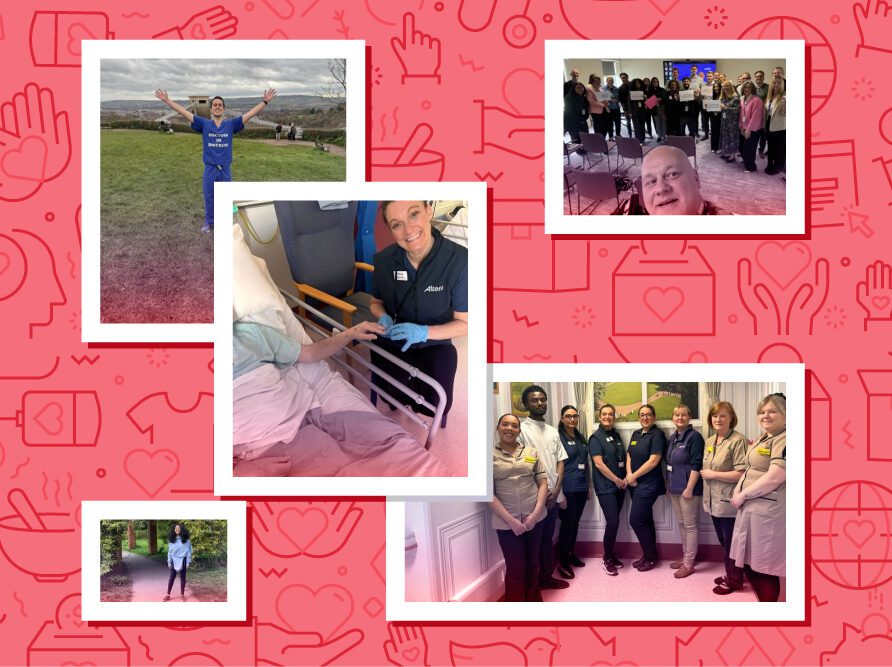Article
How navigating COVID-19 has raised future standards for healthcare delivery
* This content was originally published prior to N. Harris Computer Corporation’s 2022 acquisition of the Allscripts Hospital and Large Physician Practice business segment. Our business is now known as Altera Digital Health.
The onset of COVID-19 early last year entailed a host of challenges for healthcare organisations all over the world. Existing communications and operations, as well as many regional infrastructures, were transformed. Effective standardisation of functions and accurate data management became even more essential to the successful delivery of care across populations.
Communications from senior leadership to frontline staff members and clinicians were disrupted as regular face-to-face interactions became virtual and remote work became the unprecedented norm. The supply chain for essential medical and technology equipment was slowed and providers struggled to reorganise their patient flow and increase bed capacity using resources outside the hospital.
In acute settings, situations as simple as moving patients from the ED to a different ward became logistical nightmares, and spaces as neutral as waiting rooms became sources of tension. Telehealth use increased rapidly amid all the new complexities seen across the industry. Overall lack of standardisations made frontline work more challenging; inaccurate data, including overcounting of positive COVID-19 tests, led to misuse of resources and anxiety for both the public and clinicians.
Adapting to the present, creating paths for the future
After some time, both individual staff members and their organisations began to settle into a new normal. We started seeing stronger communication, which in turn led to the acceptance and smoother use of much-needed telehealth. Physicians began to see up to 55 to 75 times as many patients via telehealth now as they were prior to the pandemic. While this may decrease, it’s still clear that this form of care delivery is here to stay.
Healthcare has evolved in other ways during these times of uncertainty, especially in terms of stability and scale. Organisations worked together to support each other, expediting and rapidly scaling projects that had been ongoing before the pandemic. This has set a new standard for developing, implementing and growing solutions in the future. A focus on human-centered design, already a priority in the past, has also become more significant than ever in ensuring solutions’ effectiveness. Solutions must be easy to use, support clinical workflow and offer data upfront to support clinical decisions. Having experienced this, users in the future will demand nothing less.
Finally, COVID-19 forced organisations to adopt a new standard in assessing patients quickly and appropriately, with clinical information being available across all devices and set up for all functionalities, including those used in remote settings. Cloud solutions offer crucial support for these needs from a security and an adaptability standpoint.
Investment and innovation post-pandemic
Going forward, to achieve all the standards now set for healthcare delivery in the COVID era, we must continue offering secure, adaptable data-driven solutions. They have to be able to scale up efficiently and support unexpected challenges for both provider administrations and frontline staff members. They also must provide avenues for knowledge sharing as well as for delivering useful targeted information and patient data to clinicians at the point of decisions. Guidelines from governing organisations should be incorporated where needed and possible.
These are the areas in which we’ll see major investment in healthcare solutions in the future, and where clinicians and staff members alike can focus their own feedback and innovations. As we’ve seen from the pandemic, health technology and its use can evolve quickly, and we can make changes with focus and precision. Now, as we move forward, we can use what we’ve learned to advance healthcare solutions and systems around the world, and take on the responsibility to deliver the best care together.













